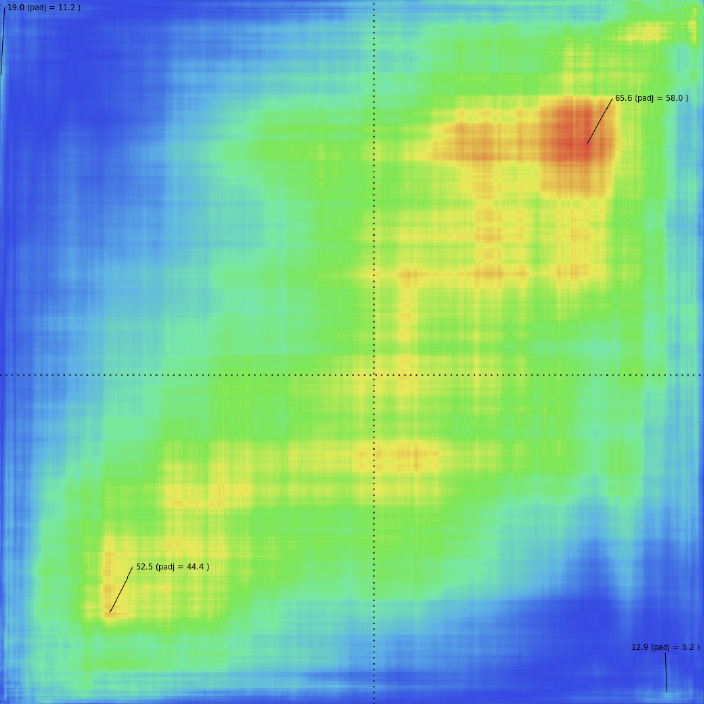Pierre-Eric Lutz,
Bénéficiaire d’une subvention de recherche en 2021
Functional genomic mechanisms of opioid action and opioid use disorder: a systematic review of animal models and human studies
Camille Falconnier, Alba Caparros-Roissard, Charles Decraene, and Pierre-Eric Lutz
Abstract
In the past two decades, over-prescription of opioids for pain management has driven a steep increase in opioid use disorder (OUD) and death by overdose, exerting a dramatic toll on western countries. OUD is a chronic relapsing disease associated with a lifetime struggle to control drug consumption, suggesting that opioids trigger long-lasting brain adaptations, notably through functional genomic and epigenomic mechanisms. Current understanding of these processes, however, remain scarce, and have not been previously reviewed systematically. To do so, the goal of the present work was to synthesize current knowledge on genome-wide transcriptomic and epigenetic mechanisms of opioid action, in primate and rodent species. Using a prospectively registered methodology, comprehensive literature searches were completed in PubMed, Embase, and Web of Science. Of the 2709 articles identified, 73 met our inclusion criteria and were considered for qualitative analysis. Focusing on the 5 most studied nervous system structures (nucleus accumbens, frontal cortex, whole striatum, dorsal striatum, spinal cord; 44 articles), we also conducted a quantitative analysis of differentially expressed genes, in an effort to identify a putative core transcriptional signature of opioids. Only one gene, Cdkn1a, was consistently identified in eleven studies, and globally, our results unveil surprisingly low consistency across published work, even when considering most recent single-cell approaches. Analysis of sources of variability detected significant contributions from species, brain structure, duration of opioid exposure, strain, time-point of analysis, and batch effects, but not type of opioid. To go beyond those limitations, we leveraged threshold-free methods to illustrate how genome-wide comparisons may generate new findings and hypotheses. Finally, we discuss current methodological development in the field, and their implication for future research and, ultimately, better care. Lire l’article
Photo en couverture

Médecin de formation, Pierre-Eric Lutz a obtenu une thèse de neurobiologie en 2012 sous la direction du Pr Brigitte Kieffer à l’IGBMC (Strasbourg), suivi d’un post-doctorat à l’université McGill de Montréal dans le laboratoire du Pr Gustavo Turecki (2013-2018), grâce à une bourse post-doctorale de la Fondation Fyssen. Son équipe mène actuellement à l’Institut des Neurosciences Cellulaires et Intégratives de Strasbourg (INCI, CNRS) des travaux portant sur le rôle des mécanismes épigénétiques dans les troubles psychiatriques, en particulier les troubles de l’usage de substances psychoactives (ou addictions) et la dépression. Ces recherches, qui portent à la fois sur des tissus sanguins et cérébraux de cohortes de patients, ainsi que sur des modèles génétiques et comportementaux chez la souris, mobilisent des approches de biologie moléculaire et de bio-informatique à haut débit. Financées notamment par une subvention recherche de la Fondation Fyssen (2021), elles ont récemment mis en évidence des différences majeures liées au sexe dans les effets épigénétiques et comportementaux des opioïdes (comme la morphine ou l’héroïne; données encore non publiées). Ces résultats suggèrent qu’à long terme des approches thérapeutiques spécifiques chez l’homme ou la femme pourraient permettre de venir en aide aux patients de façon plus efficace.
